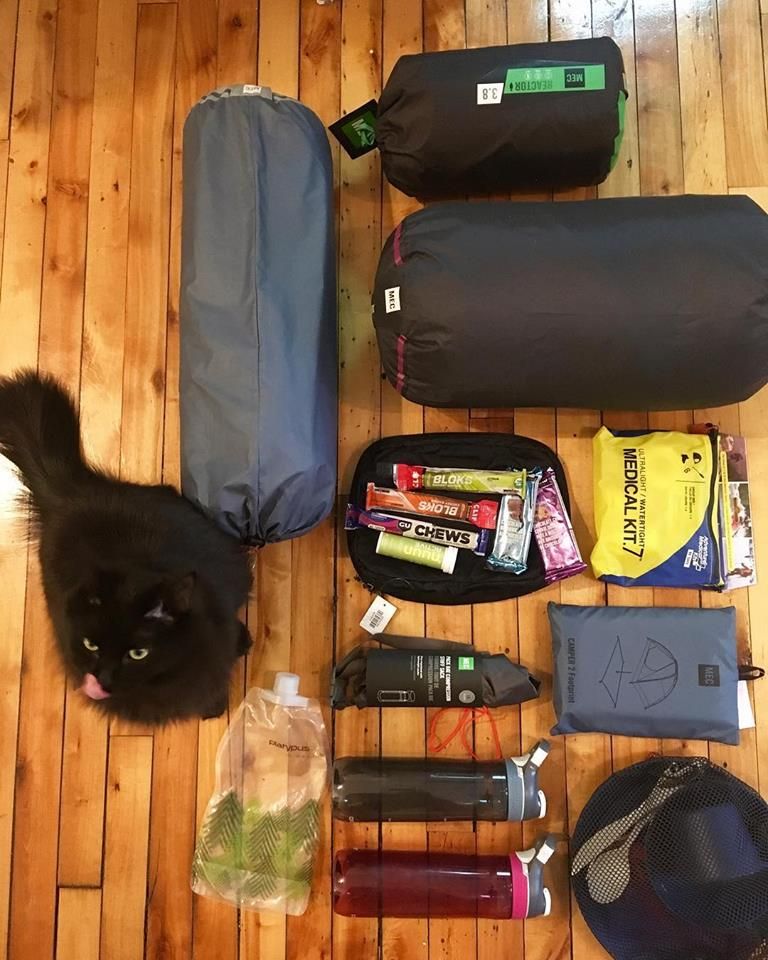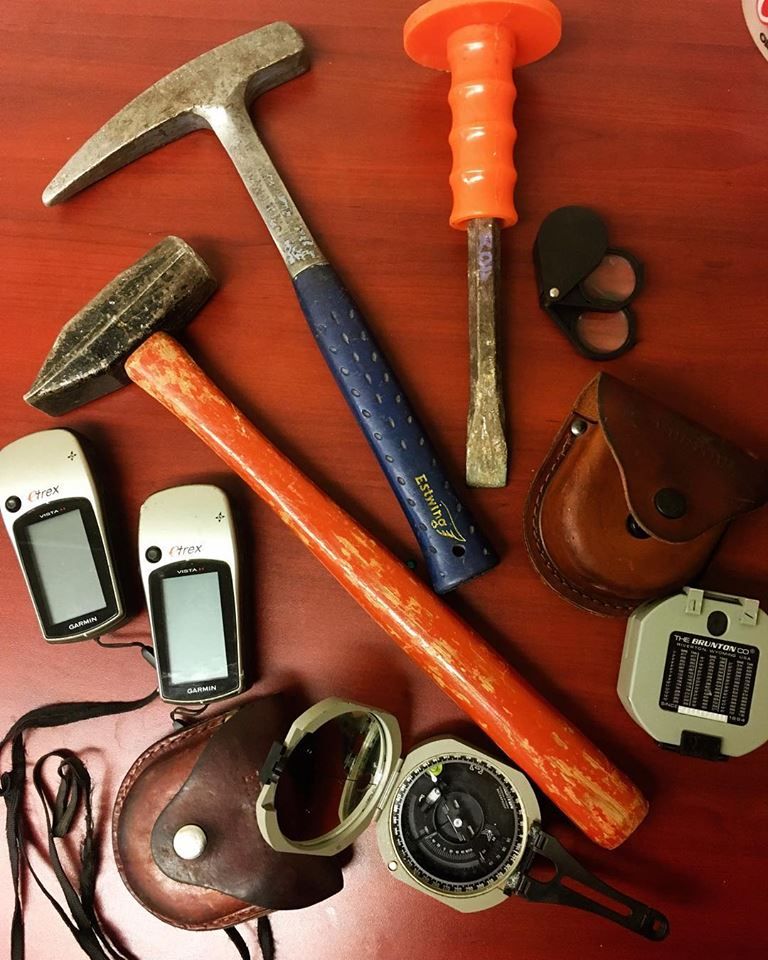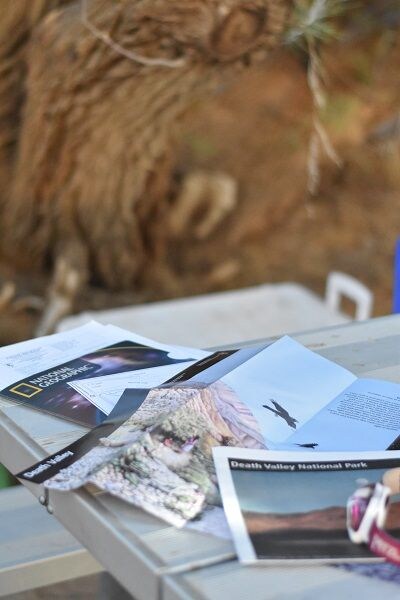PREPARATION
McGill, 845 Rue Sherbrooke Ouest, Montréal, Quebec H3A 0A8, Canada
April 10, 2019
Field prep and recon is important! Especially when you are planning to do geologic fieldwork in a desert valley that reaches some of the highest temperatures on Earth! For the first half of our 15-day expedition to the dry-lake Martian analogues in Southern California, we decided to set camp at the Furnace Creek campground. My camping gear consisted of a tent, a protective tent mat, a sleeping bag, a sleeping mat, camping utensils, multiple water bottles, multiple fruit chews, multiple tubes of high SPF sunscreen and basic toiletries. We borrowed a stove, a large container for food, two 4 gallon containers for water, and two camping chairs from a McGill University Storage unit. I was convinced we were prepared for the hot and dry weather! I was pretty wrong because I completely forgot about the desert dust storms. The first night we spent in Furnace Creek, a dust storm hit at night and covered everything in dust. The wind was so strong, the tent flaps did nothing to protect the inside and we spent half the night holding the tent flaps down and the other half trying to clean sand and dust out of everything. The next day we held the flaps down with rocks and set out for field work and came back to find a new and thick layer of dust on everything inside the tent. This happened so many times, after a few days, we gave up trying to clean the dust. We became one with the dust and truly embraced Death Valley. Our field gear consisted of two hammers, one chisel, two Brunton compasses, two GPS units, two hand lenses and a small bottle of diluted HCl (to check for carbonate rocks). I applied for a sampling permit well in advance, explaining to the national park, the locations of sample collection. (note: sample collection in a national park is strictly prohibited without proper permits) We hired a 4×4 truck, in case we got stuck in the desert sand or in dirt roads which had plenty of storage room for rock samples! Before heading out to field, my field assistant and I did some recon about sampling site selection by looking at maps, we planned out what areas we’ll sample and how we’ll get there. I learned a lot about navigating through new roads and learned a lot about how much more I needed to learn!



